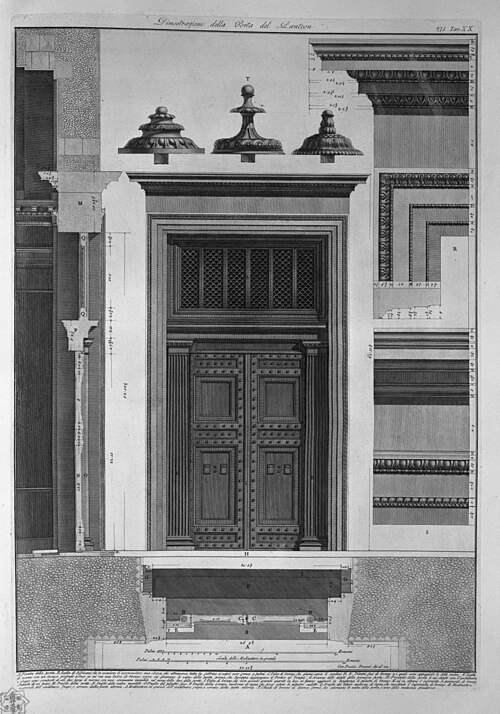The Library of Pannonhalma and the Bread Beetle: Conservation and Safety Challenges
The recent infestation of Stegobium paniceum, known as the “bread beetle,” at the historic library of the Benedictine Abbey of Pannonhalma (Hungary) raises urgent and complex issues regarding preventive conservation, integrated safety, and risk management in contexts housing cultural heritage.
Founded in 996 and recognized as a UNESCO World Heritage site, the library houses approximately 400,000 volumes, including medieval manuscripts, incunabula, and illuminated manuscripts, some dating back to the 13th century. Currently, over 100,000 bibliographic items are undergoing disinfestation treatment following the detection of extensive larval infestation. The treatment involves the removal of oxygen through hermetic packaging in a controlled atmosphere, followed by individual inspection and conservation treatment of each item.
This emergency represents not only an entomological problem, but also an exemplary case of systemic crisis, in which environmental factors (particularly climate change), structural vulnerability, and gaps in monitoring protocols have contributed to the potential loss of a key segment of European cultural memory. Constantly rising average annual temperatures and milder winters have presumably favored the continuity of the parasite’s life cycle, compromising the ecological balance that, until now, had ensured natural control of infestations.
For fire safety professionals in cultural heritage, this case offers important food for thought and action. The biological risk posed by wood-boring and paper-boring insects must be fully included in the overall risk assessment, along with scenarios of fire, flooding, and structural degradation. The adoption of integrated environmental monitoring systems (temperature, humidity, presence of volatile organic compounds, detection of organic particulate matter, and entomological traces), combined with fire prevention protocols and early warning systems, now appears essential.
Finally, the synergy between restorers, archivists, biologists, pest control experts, and fire safety technicians represents an operational model that needs to be strengthened. Only a multidisciplinary approach allows for an effective and timely response to complex and interconnected threats.
The Pannonhalma Library is today a repository of wounded memory, but also a warning. The protection of cultural heritage cannot be left to reaction alone: prevention, guided by science and strategic planning, represents the only true safeguard against oblivion.







